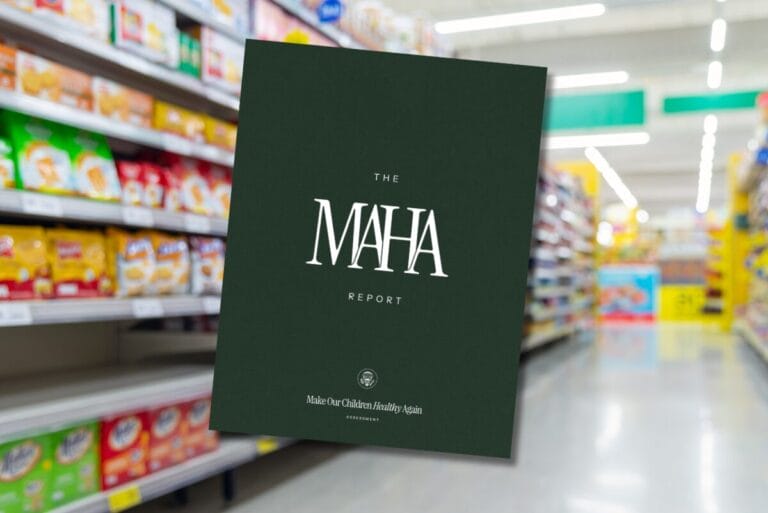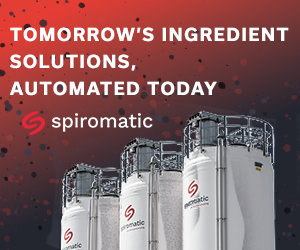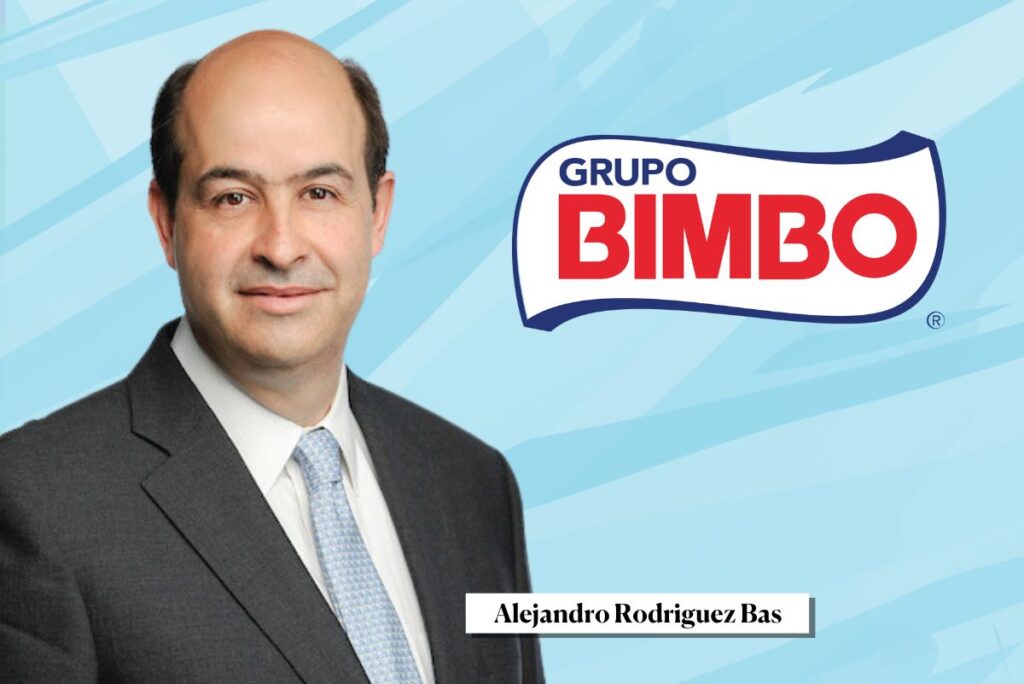CHICAGO — A regulatory resurgence is reshaping how commercial bakers approach product formulation, labeling and ingredient safety. The Trump administration’s Make America Healthy Again (MAHA) policy agenda, which has already been reflected in the FDA’s measures to phase out synthetic dyes, indicates a broader push for transparency and nutritional values within the food and beverage industry.
The MAHA initiative could impact product innovation and compliance strategy, and consequently, consumer spending and retention. During a Hot Topics Studio session at IFT FIRST 2025, powered by the Institute of Food Technologists (IFT), editors of IFT’s Food Technology magazine joined forces for a live recording of IFT’s podcast, Omnivore, as they explored how science-driven companies are navigating these shifts.










